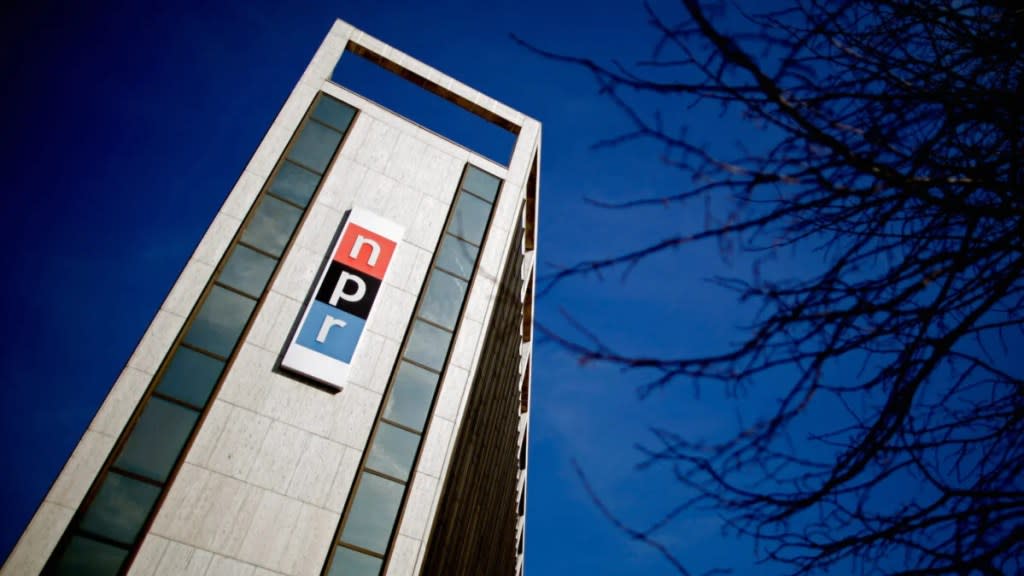NPR Lost Only 1% of Its Web Traffic After Leaving X

Leaving X cost NPR a mere 1% of its online traffic, according to the network, raising the question of whether the social media platform formerly known as Twitter is worth the effort for media orgnaziations.
NPR and several of its affiliate stations, including KUOW in Seattle, LAist in Los Angeles and Minnesota Public Radio, abandoned the site in April after owner Elon Musk’s company labeled the public radio network “U.S. state-affiliated media.”
The network stopped posting on April 4, and then on April 12 posted a series of tweets sending users to its newsletters, app and other social media accounts, the Harvard University-sponsored journalism watchdog Nieman Reports said.
“Six months later, we can see that the effects of leaving Twitter have been negligible,” 2015 Neiman fellow Gabe Bullard wrote.
He pointed to a memo sent to NPR staff that said traffic dropped by only 1% since it abandoned the platform. In fact, the memo said, X provided just 2% of its traffic before the staff stopped posting.
NPR’s main account has 8.7 million followers and its politics account has 2.9 million, but “the platform’s algorithm updates made it increasingly challenging to reach active users; you often saw a near-immediate drop-off in engagement after tweeting and users rarely left the platform,” said the memo, which was provided to Bullard.
In an email, Danielle Nett, the editor with NPR’s engagement team who wrote the memo, told Bullard that the quality of engagement suffered even before the final straw that sent the network away from the site. “We were on average seeing fewer impressions and smaller reach on our tweets, despite keeping a similar publishing cadence,” Nett said. “And I know this is anecdotal, but as someone looking at the account every day, spam replies were getting much more frequent — starting to overpower meaningful feedback and conversation from audiences.”
Bullard, also a former NPR staffer, said “these numbers that confirms what many of us in news have long suspected — that Twitter wasn’t worth the effort, at least in terms of traffic.”
The challenge comes largely on the reporting side – despite the changes Musk made since he bought the platform a year ago, it can still serve as a key tool for reporters to find sources and follow breaking news developments.
But Kansas City affiliate KCUR found that it was able to compensate in its coverage of the shooting of a Black teen who rang the wrong doorbell just days after the station left the platform. It set up a live blog and focused on posting to other social media sites, Bullard reported, particularly Instagram, where it reached a new audience.
“Instagram doesn’t drive traffic, but frankly neither did Twitter,” said Gabe Rosenberg, audience editor for KCUR.
NPR also experimented with Meta’s Threads, which is delivering about 39% of the traffic that it previously saw from X.
On the other hand, spending less time on Twitter has helped with staff burnout, Nett wrote in the memo. “That’s both due to the lower manual lift — and because the audience on Threads is seemingly more welcoming to publishers than on platforms like Twitter and Reddit, where snark and contrarianism reign,” she wrote.
Bullard noted that there were signs that the era of social-media driven news was waning before this, but said that the changes to X in the past year “have only accelerated these trends, underlining that social media is less rewarding to publishers and less fun for users than it used to be.”
NPR has said that Musk threatened in May to give its handle away if it doesn’t start posting again.
The post NPR Lost Only 1% of Its Web Traffic After Leaving X appeared first on TheWrap.


